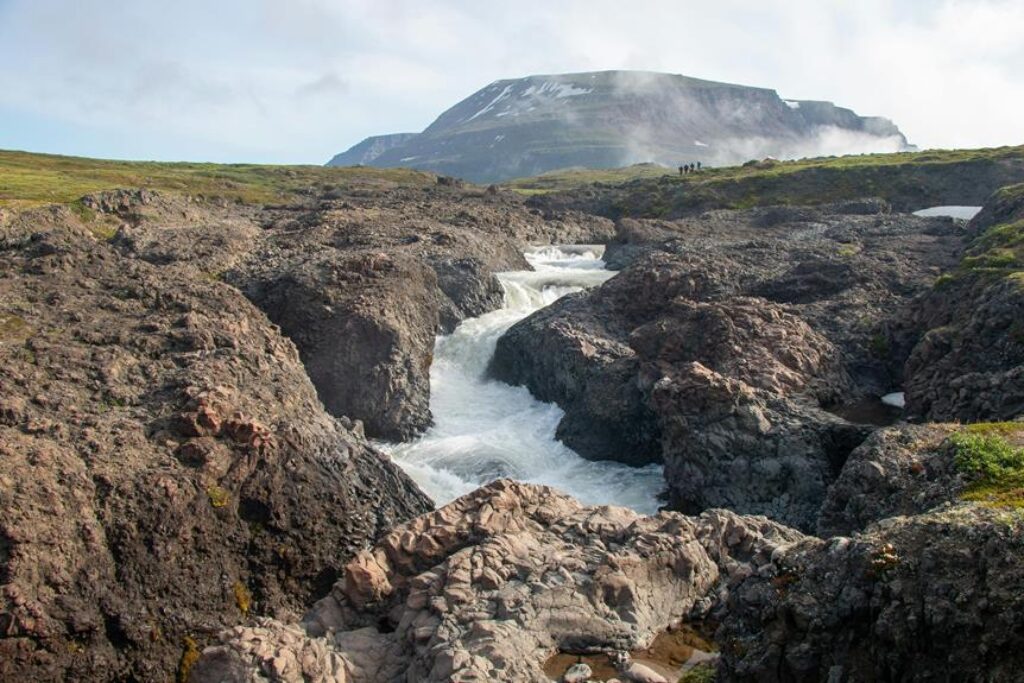
As you venture into the wilderness, the question of safely navigating rivers and streams looms ahead. The serenity of these natural waterways can quickly turn treacherous if not approached with caution. So, how do you ensure a secure passage across these watery obstacles? Well, the answer lies in a combination of strategy, skill, and respect for the power of nature. Stay tuned to uncover the essential tips and techniques that will guide you towards a successful river crossing.
Assessing the River or Stream
Before crossing a river or stream in the wild, assess the depth and speed of the water flow to ensure your safety. Look for calmer sections where the water is shallower and slower-moving. Avoid areas with swift currents or deep spots that could be dangerous to traverse. Remember that water depth can vary even in seemingly calm areas, so use a long stick to probe the depth before stepping in. Keep in mind that water can be deceiving, so never underestimate its power.
Additionally, check for any obstacles in the water that could pose a risk to your crossing. Large rocks, fallen trees, or debris can create hazards, especially in fast-moving currents. Plan your route carefully to avoid these obstacles and choose the safest path across the river or stream.
Choosing the Right Crossing Point
To safely cross rivers and streams in the wild, carefully select the optimal point for crossing based on the water’s depth and current speed. When choosing a crossing point, look for areas where the water is shallower and the current is slower. Avoid deep sections of the river where the water may be too swift to cross safely. Look for wider sections of the river where the current is more spread out, as these areas tend to have slower-moving water.
Additionally, consider any obstacles such as rocks or fallen trees that could obstruct your path or create dangerous conditions. It’s essential to choose a crossing point where you have a clear line of sight both upstream and downstream to anticipate any potential hazards.
Remember that the best crossing point may not always be the most obvious one. Take your time to evaluate different options before making a decision. By carefully selecting the right crossing point, you can significantly increase your chances of safely traversing rivers and streams in the wild.
Crossing Techniques to Consider
Consider employing the ‘side-step’ technique when crossing rivers and streams in the wild, especially when dealing with strong currents. To use this method, face upstream, lean slightly into the current, and move sideways across the waterway. By facing upstream, you reduce the force of the current pushing against you. This technique provides better stability and control, allowing you to react quickly if the current becomes too strong.
Another effective crossing technique is the ‘angled downstream’ method. Point your body downstream at an angle, with your upstream leg slightly behind the other. Lean on a staff or trekking pole for support and move diagonally downstream. This technique helps you maintain balance and control while utilizing the force of the current to assist your crossing.
Remember to always keep your backpack unbuckled, so you can easily discard it if you fall. Additionally, wear appropriate footwear with good traction to prevent slipping on rocks or slippery surfaces. Mastering these techniques can make river crossings safer and more manageable in the wild.
Safety Measures for River Crossings
Utilize proper safety gear and equipment when embarking on river crossings in the wild to enhance your protection and preparedness. Before starting your journey across a river, ensure you have a sturdy pair of water shoes or sandals with good traction to prevent slipping on rocks or in the water. Additionally, a trekking pole or a sturdy stick can provide extra stability and help you gauge the depth of the water.
Always wear a properly fitted life jacket to assist with buoyancy in case of a fall or unexpected currents. Secure any loose items to your body or pack to prevent them from getting swept away by the water. It’s crucial to assess the current speed and depth of the river before crossing; if it seems too dangerous, consider finding an alternative route.
Cross at wider sections where the water is shallower and the current is slower. Maintain a sideways stance while crossing, angling your body slightly downstream to offer less resistance to the current. By following these safety measures, you can increase your chances of successfully navigating river crossings in the wild.
Camping














